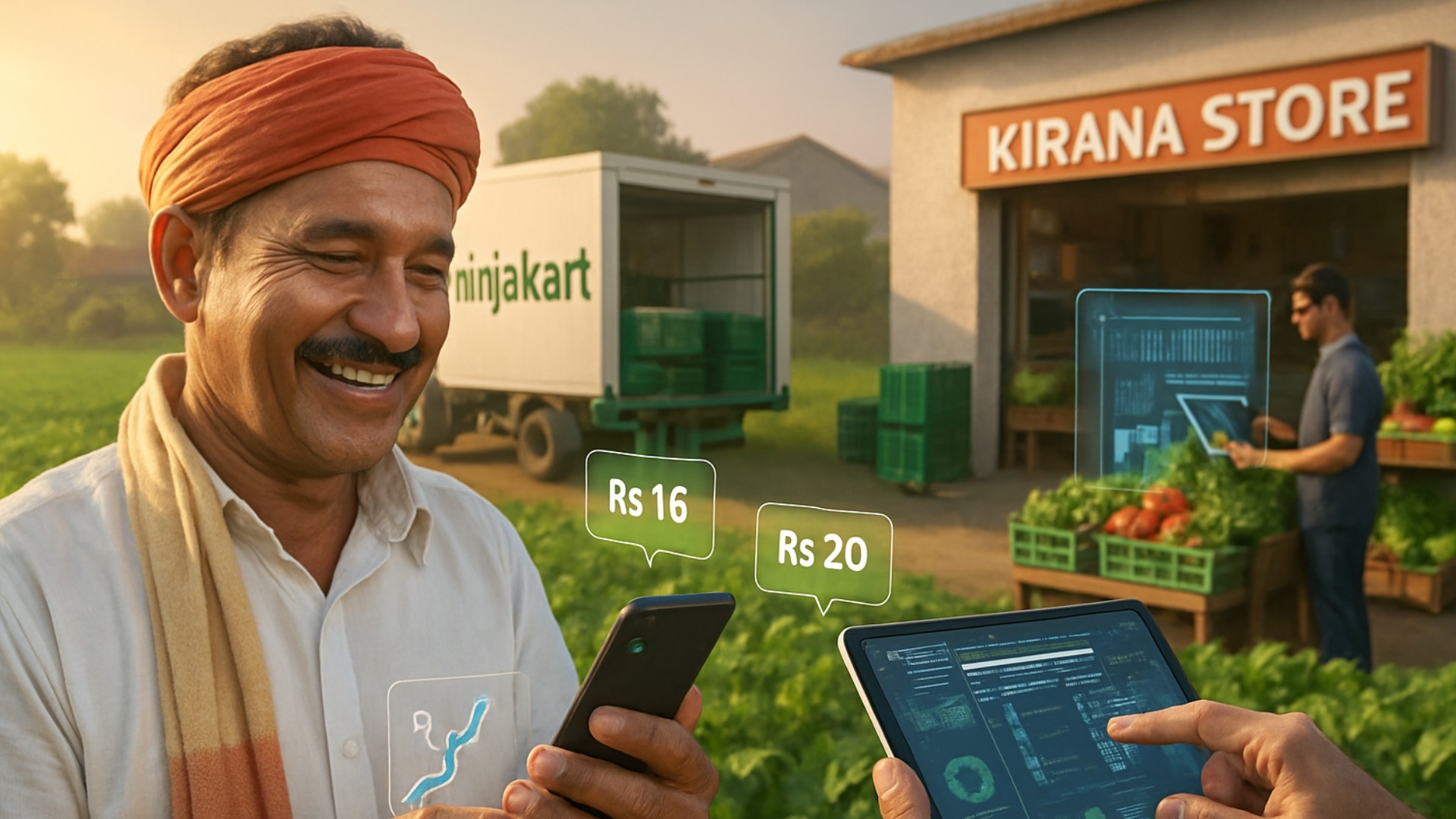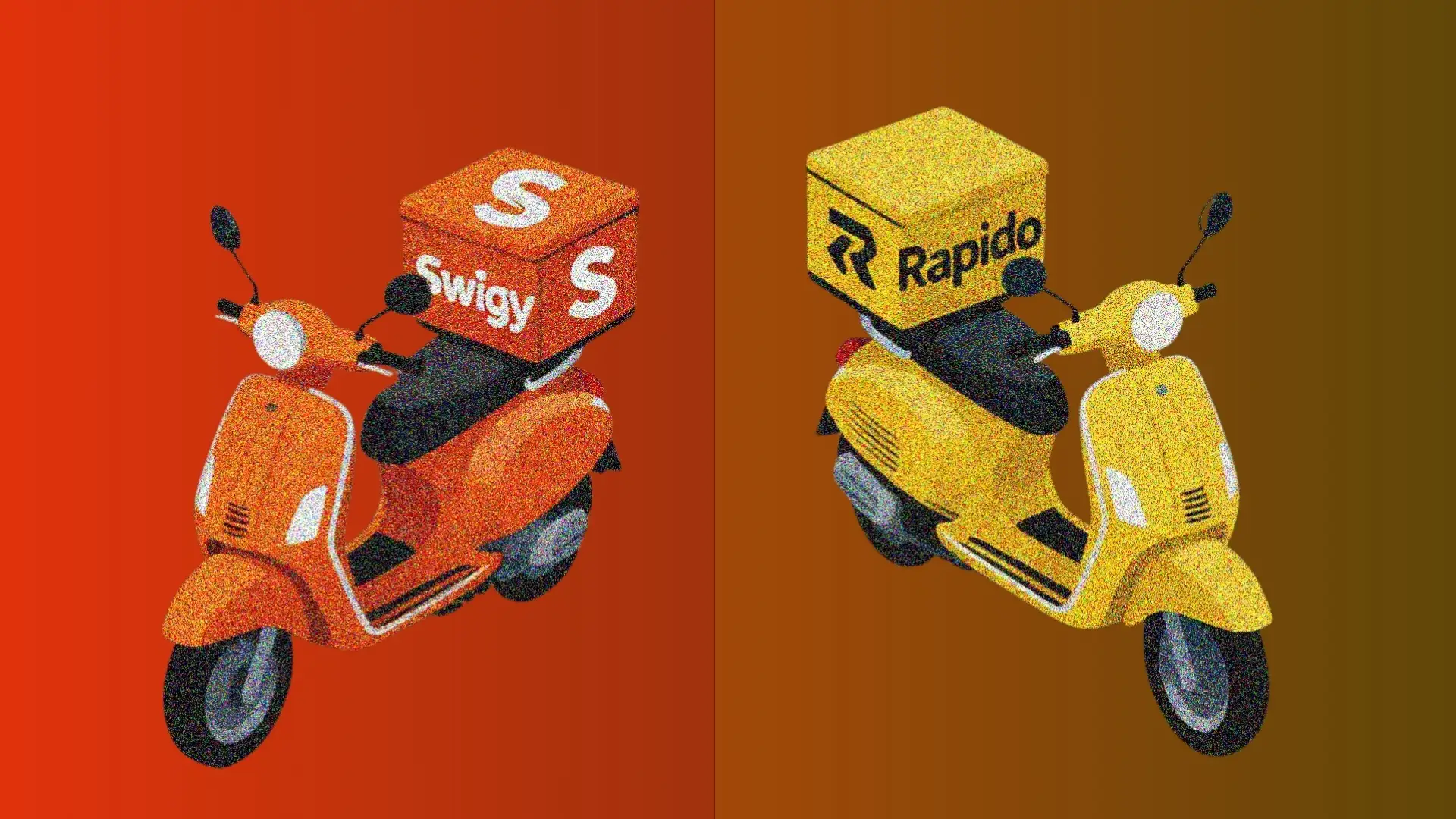For over many decades, we have been reading about the struggles and problems in the agricultural ecosystem if we start from the initial processes to the end stage of agriculture. There are numerous problems without a proper solution. If we only talk about the problems that occur after harvesting, they are most probably out of our hands. The control is almost not in the hands of the producer or consumer but in the hands of middlemen. These middlemen are commission agents, traders, and wholesalers who have become the main integral part of the Indian agri-supply chain. Rather than jumping to conclusions, let’s explore both sides of the argument and, more importantly, see how a new wave of startups is solving the deep-rooted problems at scale. Before we delve into startups, let’s discuss the scenario of middlemen in Indian agriculture:
One of the biggest problems that we often see in news headlines is low prices for farmers. This can be attributed to various reasons, but middlemen were one of the reasons. Most farmers do not have access to real-time market data, which allows middlemen to exploit information. This lack of transparency leads to unfair pricing and delayed payments and erodes trust in the supply chain. Most Indian farmers depend on mandis, where middlemen are the main people who play the key role. Without it, many smallholders can’t even enter the system. Even when deals are made, delayed payments, commissions, and unrecorded “service fees” leave farmers with a fraction of their due. Due to a lack of cold storage, poor inventory planning, and inefficiencies across handling points, up to 30% of perishable produce is wasted before it reaches the market.
Despite these debated points, middlemen still play a key role in rural and infrastructure-poor regions. Smallholder farmers with limited produce can’t always reach distant markets. Middlemen collect small volumes and enable bulk transport. In remote areas with no digital access or poor infrastructure, middlemen are the only connection between the village and the town. Many farmers have long-standing relationships with local agents and prefer a known equation over unfamiliar platforms. Now the question is, there are pros and cons, but a startup is trying to reduce the middleman’s intervention and provide better income for farmers. It is giving transparent pricing, real-time data, and also timely payments.
The startup that we are referring to is “Ninjacart.” Founded in 2015, Ninjacart is not just an Agritech startup; it is a full-stack logistics and data company that connects farmers directly to retailers, eliminating layers of inefficiency, price manipulations, and exploitation. What makes Ninjacart is not the technology that they built but a deeply integrated system of AI-driven forecasting, micro-warehousing, real-time payments, and last-mile delivery that brings transparency to the fresh produce supply chain.
Let’s understand what Ninjacart does. Ninjacart provides the AI-driven demand forecasting that tells the farmers what to grow, when to harvest, and how much they have to produce. This is reportedly giving a 95% accuracy and dramatically reducing mismatch, wastage, and overproduction. Not just the demand forecast, but also, they provide micro-warehousing. Ninjacart has over 200 collection centers, which function as micro-warehouses, which enable hyperlocal pickups and consolidation. Because of this, the transport time is reduced, and also the produce remains fresh. Ninjacart handles over 1000+ delivery vehicles, which ensures 92% load efficiency and also cuts the cost efficiency.
One of the most significant shifts Ninjacart introduced is a real-time, in-house ERP system that tracks inventory, transactions, and logistics flows. But the real change is farmers receive money in less than 24 hours. Ninjacart has onboarded over 44,000 farmers, and they are actively producing, and over 60,000 Kirana stores across major cities rely on this for daily stock.
If we look at the depth of financials, the company’s revenues have increased to INR 2,002 crore during FY 2024, but if we look at FY 2023, it stood at INR 1,152 crore. It marks a 74% increase in the company’s revenue. The company is currently loss-making, but it is quickly reducing its losses.
In the traditional supply chains, we rely on margins and inventory. But the Ninjacart’s business model is built on service-based monetization. Meaning, instead of buying and reselling produce, they act as an enabler. They earn a small fee from both farmers and retailers for the value they provide. This includes accurate demand forecasting, quality assurance, real-time payments, and timely deliveries. The biggest advantage of this model is that they do not hold inventory; they avoid perishability risks and maintain capital efficiency. It’s a win-win situation for all the players: farmers get better prices and faster payments, while retailers get consistent quality and supply. This all happens without the manipulations created by intermediaries.
While most agritech startups focus only on selling farm inputs, Ninjacart took on the toughest challenge by fixing the entire supply chain. And it’s working. Their model is smart with money, helpful to farmers, and powered by real technology. If there’s one big lesson for other startups, it’s this: True integration doesn’t mean having control over everything; it means making everything work smoothly together. When your system is truly connected, you don’t have to shout innovation. It naturally shows.
Also Read: Most SaaS Startups Fail Not Because of the Product, But Because of This…








